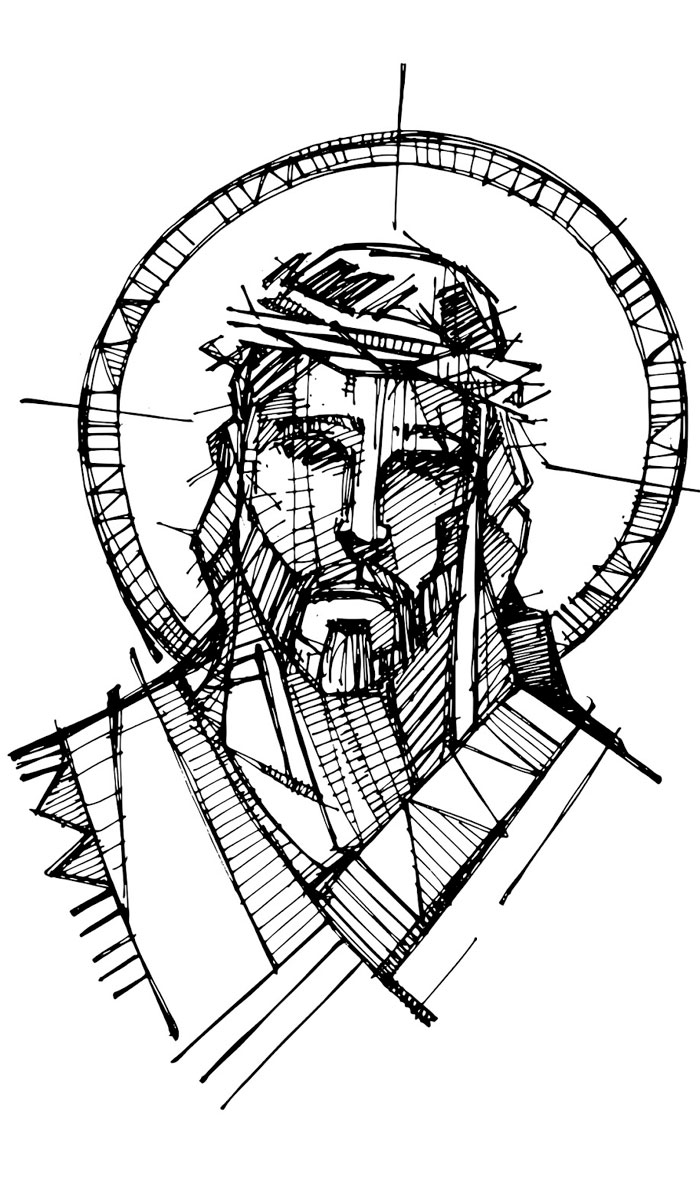Opening casual story about a link regarding a satire worship video to show the contemporary relevance of this blog entry for leadership. Reference to several discourses with friends and other church leaders analyzing the discursive analysis of the video. Insertion of link to broader discussion of video to show that the author is well informed. Attempt to do a brief close reading of broader discussion because that is what the author was taught to do in seminary before providing critique. Dropping in thesis for current reflection tying together post-modern discursive analysis, narrative theology, and “contemporvant” worship liturgical patterns. Driving home the point by name dropping significant theologian with a closing twist that is provocative and pithy.
Name and fun-loving bio with link.
So goes a discursive analysis of this blog entry for "Call and Response" that introduces the reader to a growing genre of short videos that do the same kind of thing . . .
One of the leaders in my church sent me a video called “Sunday’s Coming” created by North Point Media, Andy Stanley’s North Point Community Church media team. I watched it laughing out-loud and quickly passed it on to many others. One is a non-church-going friend who does psychological research on discursive analysis. He deeply appreciated that a church would take the time to create such a potentially stinging satire about itself. A day or so later Ed Phillips, my worship professor while I was at Duke, sent me a link to “Sunday’s Coming” including a link to Taylor Burton-Edward’s ritual analysis of the video. “Sunday’s Coming” was popping up everywhere.
For those who have a bone to pick with worship styles that “Sunday’s Coming” parodies, it would be tempting and easy to say, “A-ha! I told you so. That kind of worship isn’t authentic after all. It’s manipulative.” Burton-Edwards resists this impulse. He looks at how the worship pattern in “Sunday’s Coming” works as a cultural ritual, what liturgical worship patterns can learn from what works in this pattern, and asks the critical question of whether this particular “cultural ritual is an ecclesial ritual” (as my wife so helpfully summarized). I appreciate Edwards’ openness to engage and learn from the “contemporvant” worship pattern, but I think he misses engaging something exceedingly important in the genre of the video: the post-modern distaste for being inauthentic.
The genre of this video isn’t new to “Sunday’s Coming.” It references several videos including Academy Award Winning Movie Trailer and Charlie Brooker: How to Report the News among others. What all these have in common is at the least a kind of post-modern ambivalence and at the most a cynicism toward the methods (or propaganda?) employed to tell a story. They make explicit what is implicit. Like a Michael Moore documentary where the cameras, lights, and microphones often show up in the frame reminding you of the apparatus used to create the effect, these short videos show the scaffolding behind the attempt to motivate or “growtivate” you to some purpose, end, or action.
What’s made explicit in “Sunday’s Coming” is the rubrics of “contemporvant” worship. This seems a new chapter for “contemporvant” worship: publicly admitting that it does actually have rubrics. The same kind of video could be shot making explicit the rubrics (both written and unwritten) of Word and Table in the United Methodist Hymnal. If the pitfall for “contemporvant” worship has been denying that it has rubrics at all and thus coming across as inauthentic and manipulative, then the pitfall for liturgical patterns of worship has been ignoring that the rubrics in liturgical books also come across as inauthentic and manipulative to the post-modern.
Lesslie Newbigin said that “the business of the church is to tell and embody a story.” But how does the church do so when our culture is so distrustful from the start of the story-telling that the church does? Perhaps “Sunday’s Coming” and North Point have hit on the answer. Parody what you’re doing and go ahead and do it anyway.
Tom Arthur attempts every week at Sycamore Creek Church to tie together “Contemporvant” worship with the world-wide Christian church. Sometimes he is more successful than other times.







